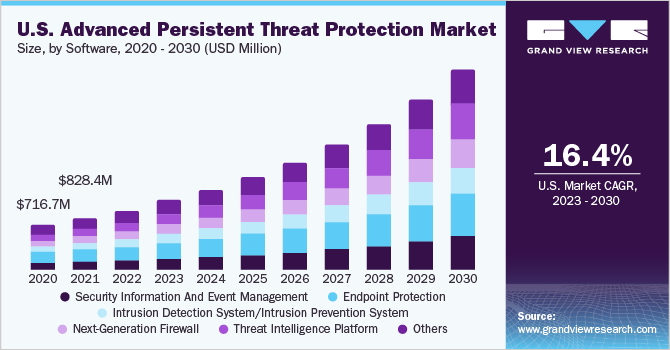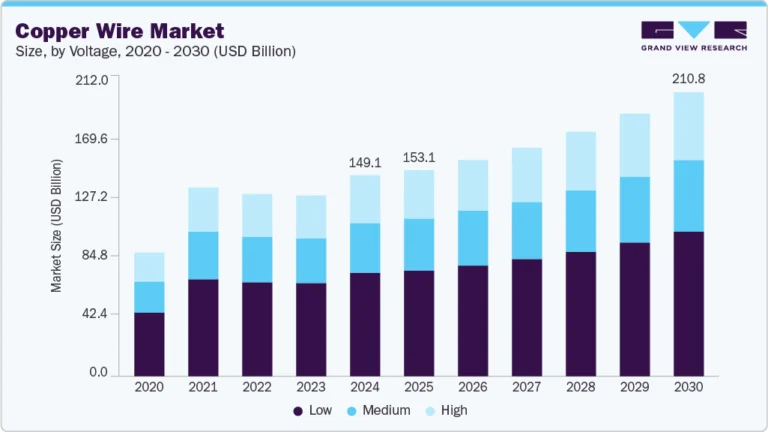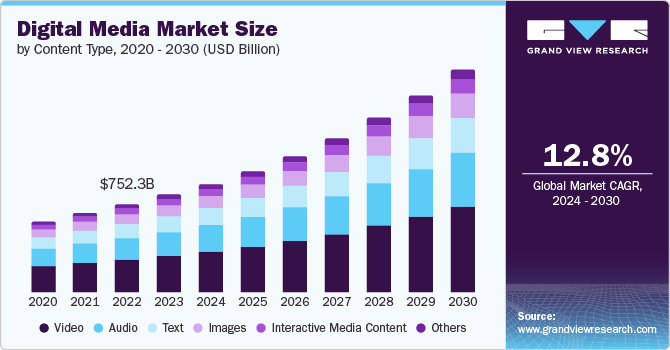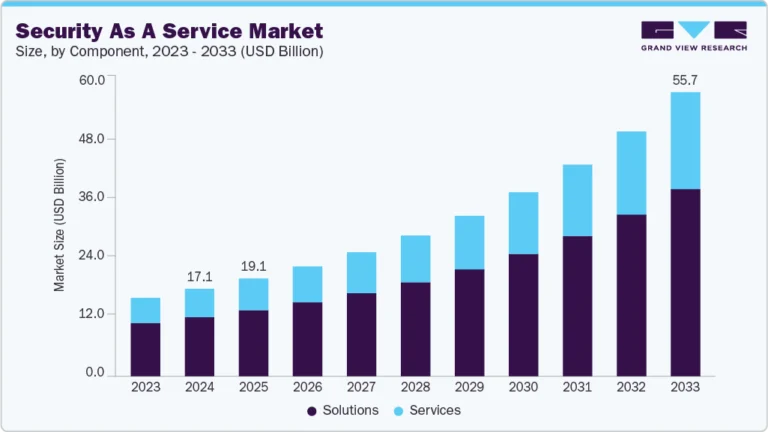Advanced Persistent Threat Protection Market Size, Share & Trends Analysis growing at a compound annual growth rate (CAGR) of 20.1% from 2023 to 2030

The global advanced persistent threat protection market size was evaluated at USD 5.69 billion in 2022 and is expected to grow at a compound annual growth rate (CAGR) of 20.1% from 2023 to 2030. The market growth can be attributed to the aggressive investments by governments and organizations to develop robust threat intelligence solutions, the increasing number of security breaches, the proliferation of cloud-based advanced persistent threat (APT) protection solutions and services, and the growing demand for managed & professional security services. In February 2022, IBM Corp. announced a multi-million-dollar investment to expand its capabilities and resources in cyber security and prepare organizations for dealing with the growing threat of cyberattacks across Asia Pacific. The main investment area would be the IBM command center, which is expected to be the first of its kind in the Asia Pacific region.
Request a free sample copy or view report summary: https://www.grandviewresearch.com/industry-analysis/advanced-persistent-threat-protection-market-report/request/rs1
The command center is expected to offer response techniques by designing highly realistic and simulated cyberattacks for preparing everyone, from C-suits to technical staff, in dealing with real cyberattack situations. Organizations are implementing data access control measures, such as implementing a security culture and improving employee & contractor screening so that critical information remains protected from unauthorized disclosure. By implementing such measures, the risk of sensitive information by authorized entities can be minimized. These factors would further supplement the market growth during the forecast period. As cloud computing advances, it brings about certain risks, such as cybercrimes and data breaches.
Despite these vulnerabilities, many businesses are choosing cloud computing due to the high costs involved in on-premise solutions. Consequently, there is a growing trend toward adopting cloud-based cybersecurity systems in line with the preference for cloud computing. This shift is also expected to drive the demand for cloud-based advanced persistent threat protection systems as enterprises increasingly embrace cloud-based platforms for data sharing. The cost advantages offered by cloud platforms are compelling commercial establishments and government agencies to migrate to cloud storage and opt for cloud-based solutions, thus fueling the need for cloud-based advanced threat protection solutions. Emerging technologies, such as Artificial Intelligence (AI) and Machine Learning (ML), help enterprises better protect themselves against insider threats.
By incorporating and enabling AI and ML, advanced persistent threat protection solutions more effectively detect and resist threats, which include new exploits as they appear and evolve, that use more advanced techniques to corrupt and steal information. As a result, industry players are focusing on cloud-specific cyber security solutions to attract potential business clients and enrich their brand presence. For instance, in May 2022, Fortinet, Inc., a cybersecurity solution and service provider, introduced a new set of FortiGate network firewalls which is integrated with AI-powered security service and powered by custom ASIC-based performance acceleration. This new FortiGate 600F offers a Campus edge network and security solution to enable a Zero Trust strategy. FortiGate 3700F offers high-speed connection between multi-cloud and data centers and FortiGate 70F allows WAN Edge Transformation.
This strong emphasis companies are putting on managing their extensive enterprise data volumes for quantifiable benefits also bodes well for the growth of the market. Major companies have been enhancing and accelerating the Bring Your Own Device (BYOD) programs for managing the influx of personal devices used for work. As such, the accelerating trend towards a hybrid working model is expected to increase the risks related to cybersecurity. Several vendors, such as hexnode (Mitsogo Inc.), VMware, Inc., and BlackBerry Ltd., are engaged in integrating various solutions in the Unified Endpoint Management (UEM) applications, which include identity and access management, endpoint detection & response, and security information & event management.
The BYOD and Choose Your Own Device (CYOD) models allow employees to access business information and cloud applications using their dedicated endpoints, increasing the chances of data theft. Traditional cyber security measures fall short of preventing all forms of malware attacks or advanced persistent threats. This is expected to increase the number of unmanaged devices, thereby accelerating the adoption of advanced persistent threat protection solutions. However, complexity is one of the key restraints of the market. advanced persistent threat protection solutions can be complex to implement and manage, requiring significant IT expertise. This can be a challenge for small- & medium-scale organizations that may need more resources or expertise to manage these solutions.






